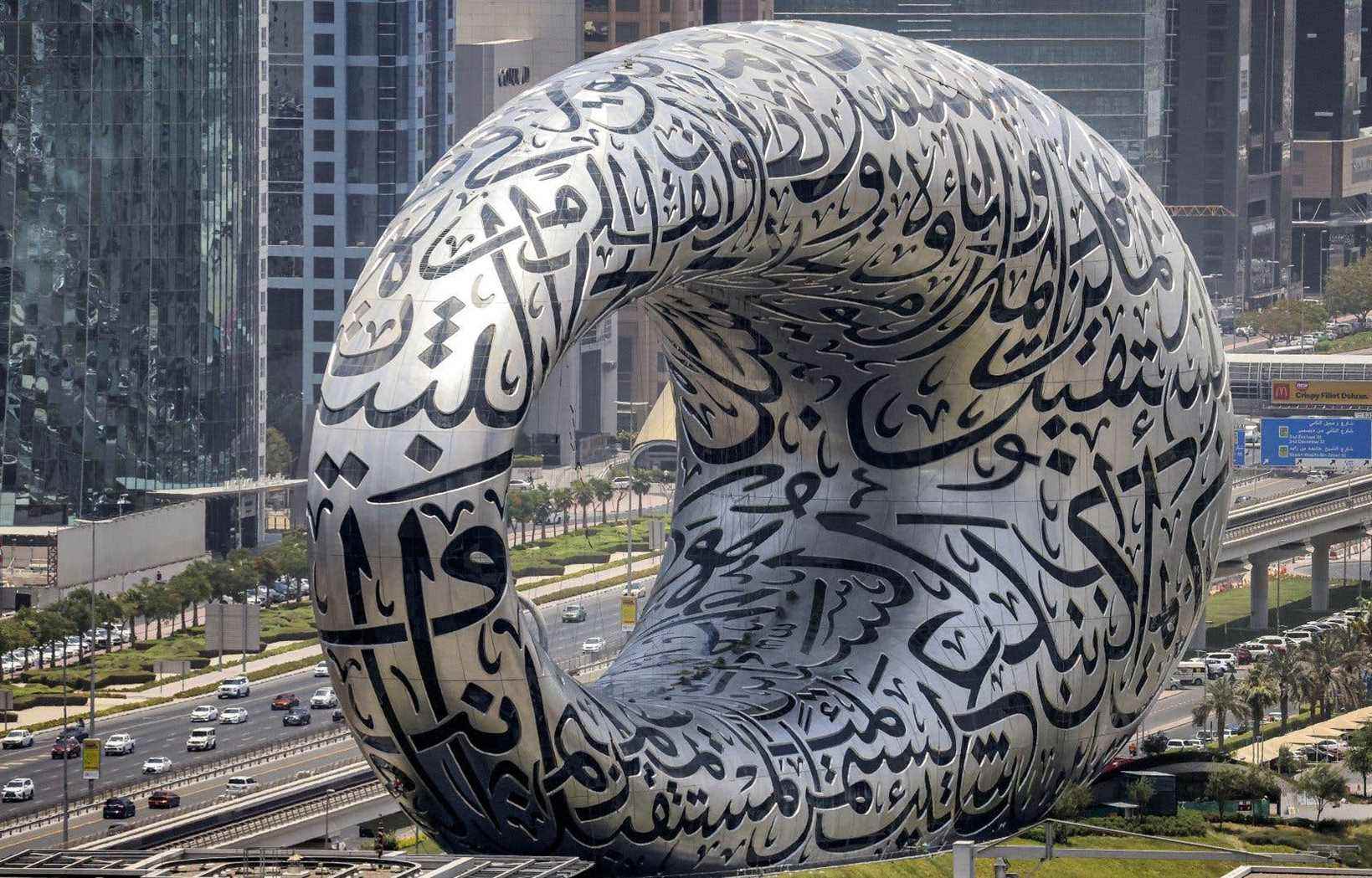UNESCO on Tuesday integrated Arabic calligraphy into its intangible heritage, a statute that allows this very ancient artistic practice to be preserved widely in the Arab-Muslim world.
The project presented to the United Nations Educational, Scientific and Cultural Organization (UNESCO) was defended by sixteen countries, at the top of which Saudi Arabia, for which Islam is the dominant or majority religion. The integration of Arabic calligraphy was announced by the UN agency on Twitter.
The Saudi Minister of Culture, Badr ben Abdallah ben Farhane, quoted by the government press agency, welcomed this decision, considering that it would “contribute to developing this cultural heritage”. “Arabic calligraphy is the artistic practice of handwriting Arabic script in a fluid manner in order to express harmony, grace and beauty,” said the UN agency.
It “has always served as a symbol of the Arab-Muslim world,” Abdelmajid Mahboub, an executive of the Saudi History Preservation Society, an NGO involved in the project, told AFP. But “many people no longer write by hand because of the evolution of technology”, and the number of artists specializing in Arabic calligraphy is drastically reduced, he regretted.
The inscription in the intangible heritage of UNESCO, in this sense, “will certainly have a positive impact” on its preservation, Mr. Mahboub said.
Intangible cultural heritage, or “living heritage”, is “a heritage from our ancestors that we pass on to our descendants”, defines UNESCO. It includes “oral traditions, performing arts, social practices, rituals and festive events”.
“To be defined as intangible cultural heritage, a cultural practice must be dynamic… It must have meaning in people’s lives,” according to Tim Curtis, secretary of the UNESCO convention on the subject, adopted in 2003.
Congolese rumba
In the paradise of ambianceurs on both banks of the Congo River, the Papa Wemba, Grand Kallé, Wendo, Tabu Ley Rochereau, Franklin Boukaka and other Pamelo Mounka were also happy Tuesday: the Congolese rumba is now officially part of the intangible cultural heritage of humanity . She joined the Cuban rumba, registered in 2016 and, for Central Africa, the pygmy polyphonies of Central Africa (2003) or the drums of Burundi (2014).
“Hallelujah! ” ” Finally ! »« A great victory! Social networks immediately overflowed with enthusiasm, welcoming this registration as recognition, but also a challenge to be taken up in order to keep this passion common to the Congolese alive and thriving.
“This cultural gem specific to the two Congos is recognized for its universal value”, welcomed the President of the Democratic Republic of the Congo, Félix Tshisekedi on Twitter, welcoming this inscription “with joy and pride”.
“Rumba is our identity! Its international recognition is a source of pride and wealth ”, also commented, in Kinshasa, Catherine Furaha, Minister of Culture, Arts and Heritage. “An event to be celebrated” by the two Congos, supported his colleague Patrick Muyaya, Minister of Communication.
